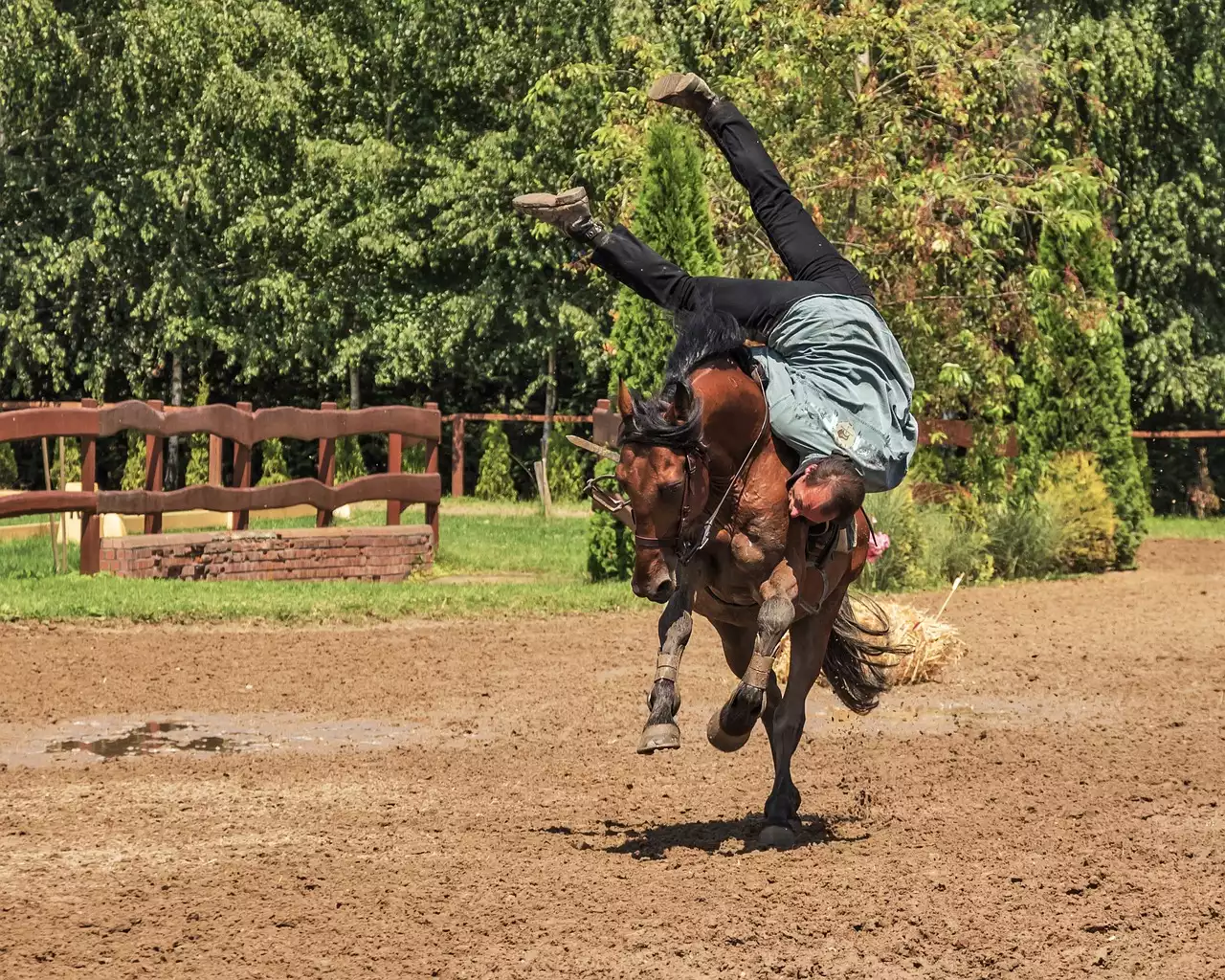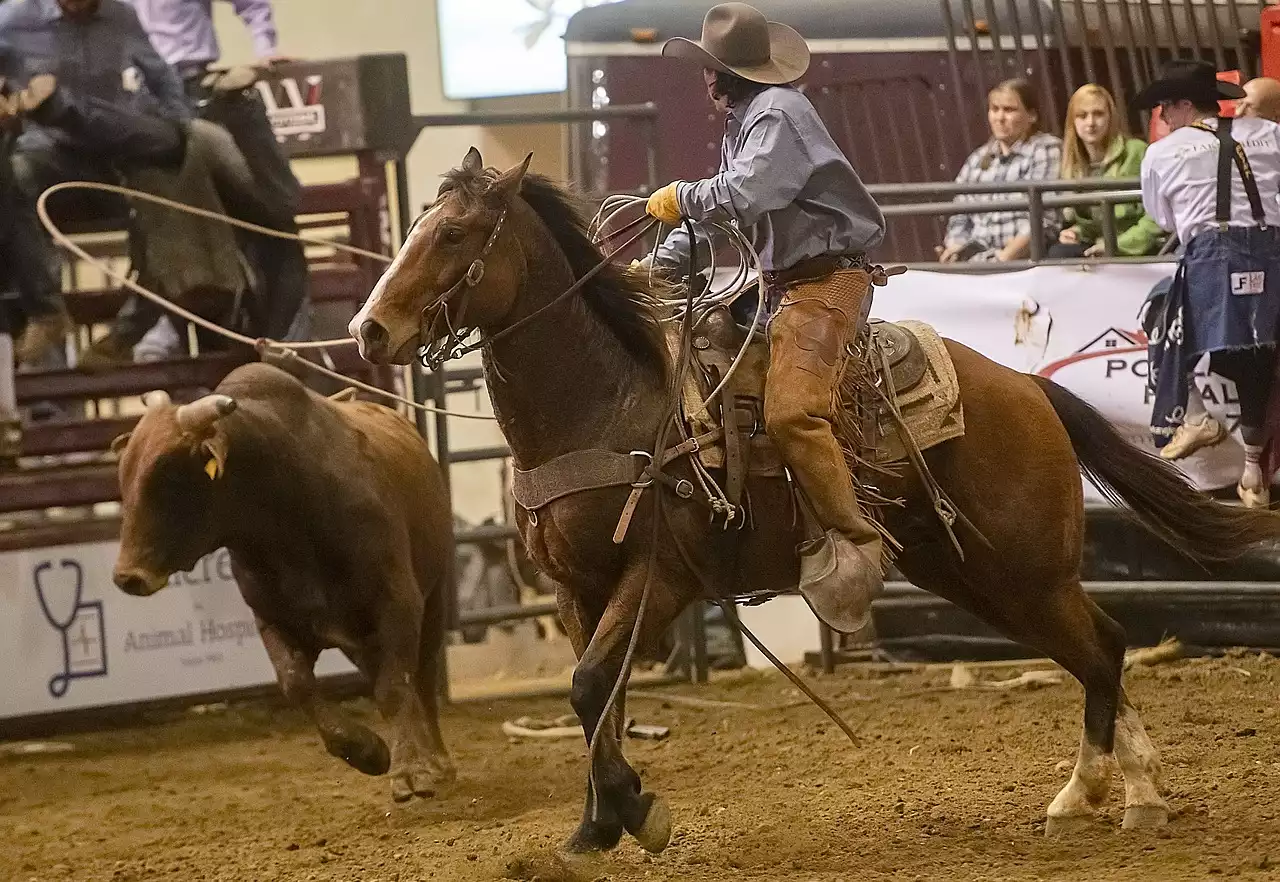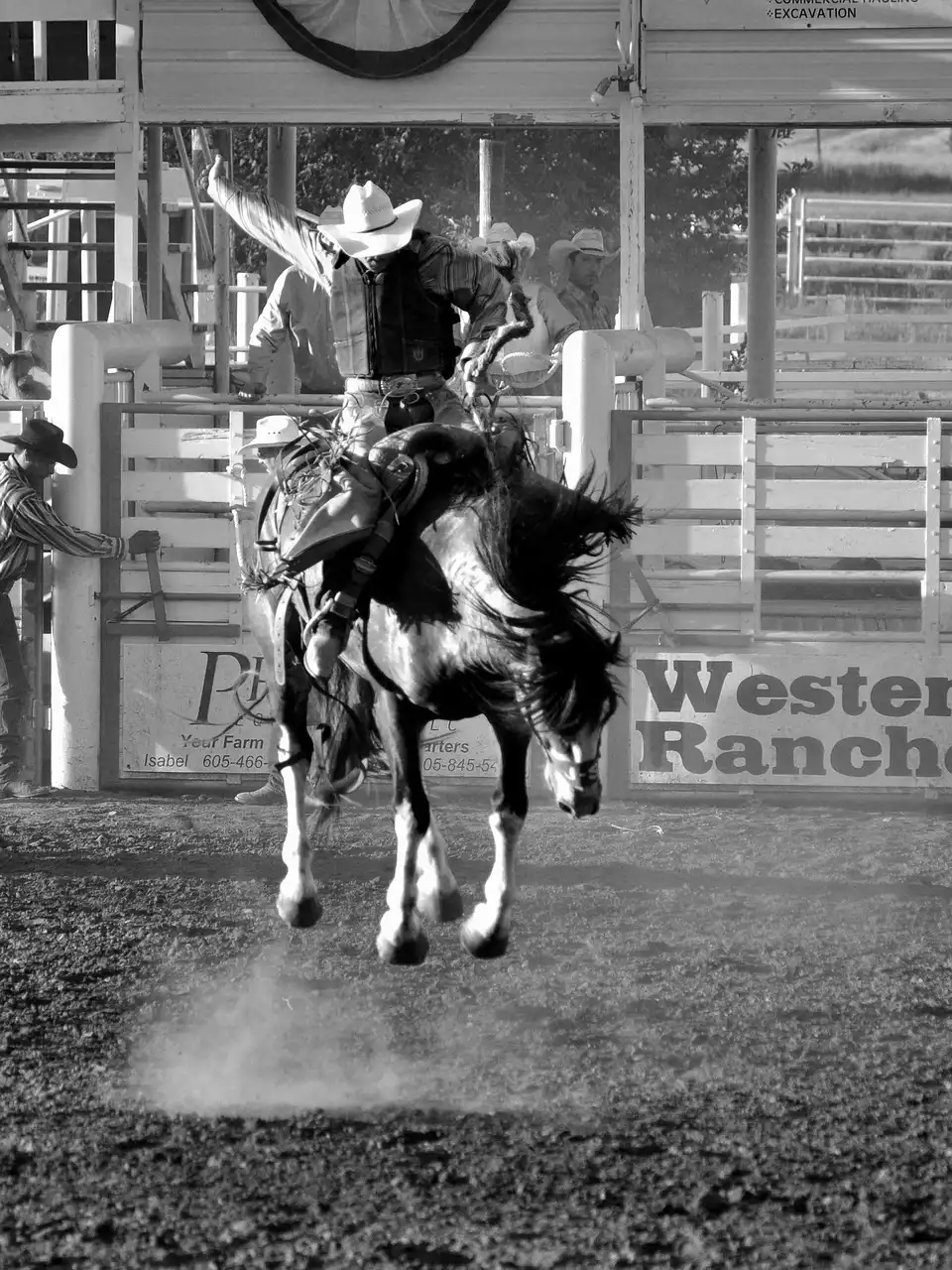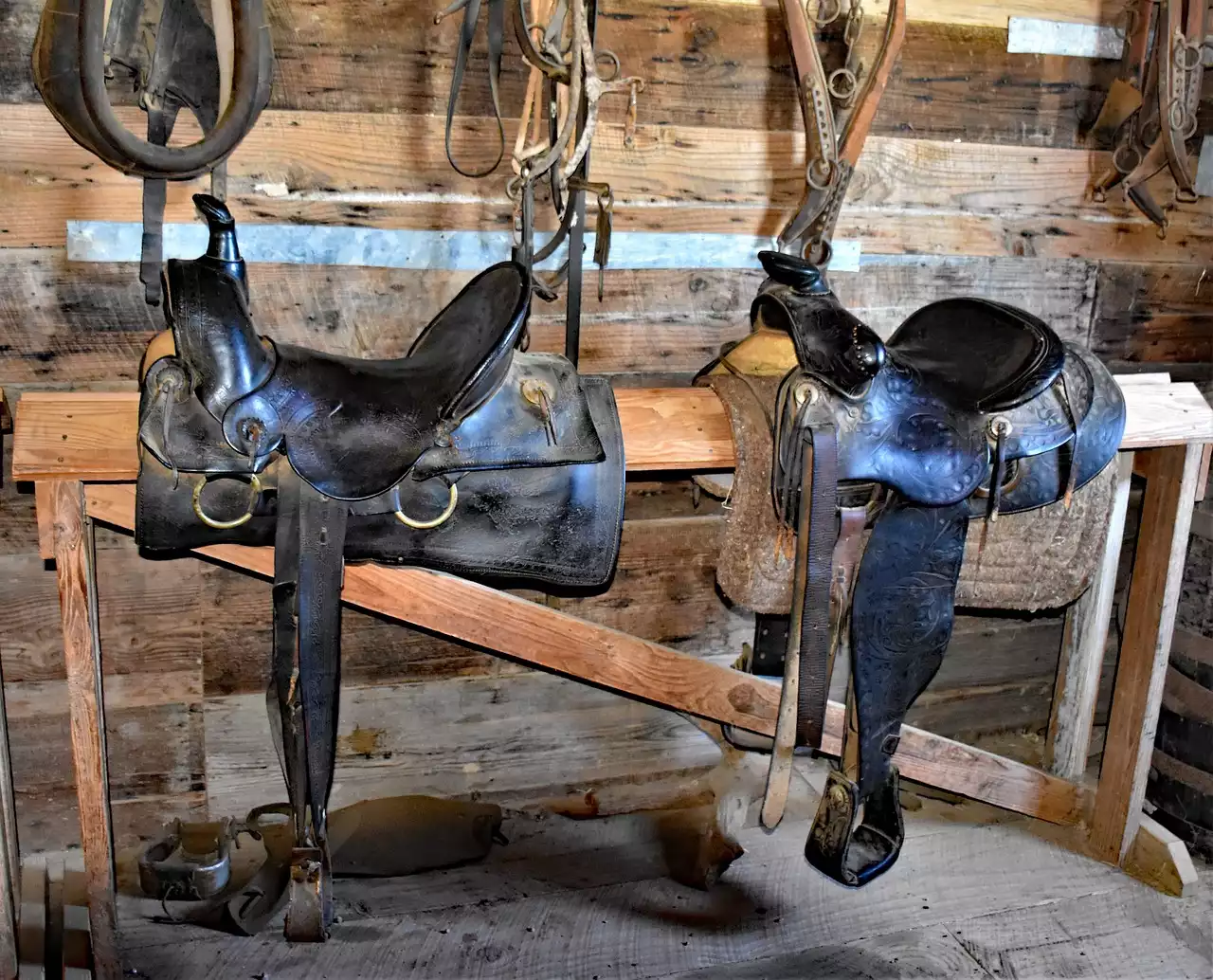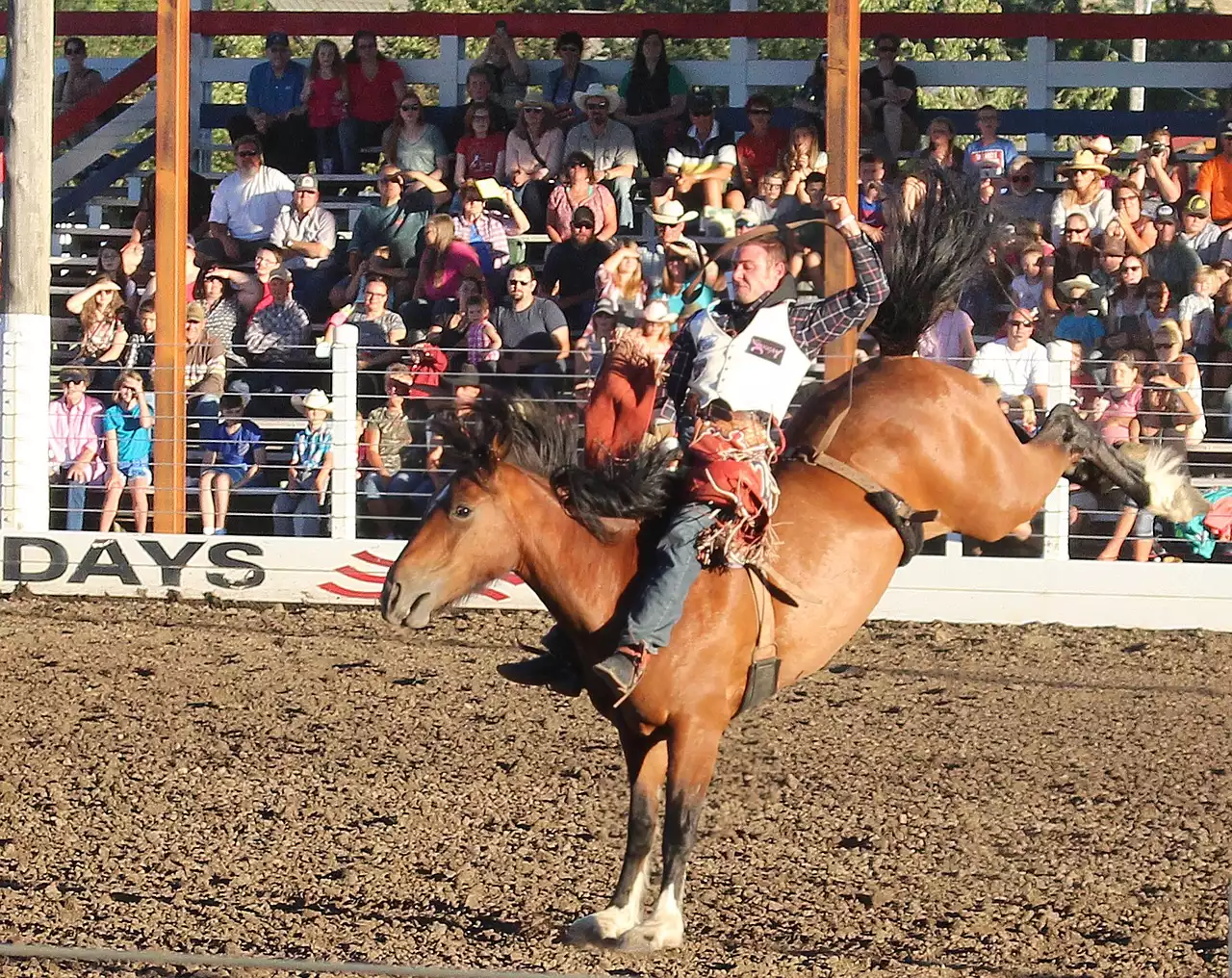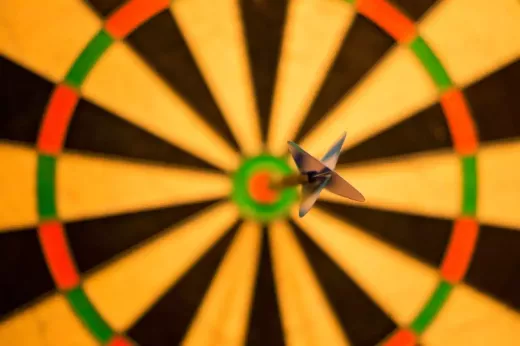The Benefits of Collaboration between Rodeo Associations
Collaboration between rodeo associations offers numerous benefits for everyone involved. One of the most significant advantages is the ability to share resources and knowledge. For example, smaller rodeo associations may not have the same level of expertise or access to resources as larger ones. By collaborating with larger associations, they can gain access to new ideas, technologies, and resources that they may not have had otherwise. This can help to improve the quality of their events, attract more fans, and increase revenue.
Another benefit of collaboration is the ability to share sponsorship opportunities. Many sponsors are looking for ways to reach a broader audience and support multiple events or organizations. By collaborating with other associations, rodeo organizations can offer more comprehensive sponsorship packages that provide greater exposure and benefits to sponsors. This can help to attract more significant sponsors and increase revenue for everyone involved.
Collaboration also allows rodeo associations to coordinate their schedules and events. By working together, they can ensure that their events do not conflict with each other, which can help to increase attendance and revenue. Coordination also allows for the creation of larger events that draw more significant crowds and provide more significant exposure for the sport.
The Challenges of Collaboration between Rodeo Associations
While collaboration offers many benefits, it also presents some challenges. One of the most significant difficulties is the need for effective communication. Rodeo associations must be able to communicate effectively with each other to coordinate their efforts and share resources. This can be challenging, especially when working with associations from different regions or with different cultures.
Another challenge is the potential for conflict between associations. Rodeo associations may have different goals, values, and priorities, which can lead to disagreements and tension. For example, some associations may be more focused on promoting the sport to a broader audience, while others may prioritize preserving traditional rodeo practices. Finding common ground and working together towards a shared goal can be challenging, but it is essential for successful collaboration.
Successful Examples of Collaboration between Rodeo Associations
Despite the challenges, many rodeo associations have successfully collaborated to achieve common goals. One example is the Professional Rodeo Cowboys Association (PRCA) and the Women's Professional Rodeo Association (WPRA). Both organizations have worked together to improve the quality of their events and promote the sport to a broader audience. They have also collaborated on joint marketing campaigns and shared sponsorship opportunities, which have helped to increase revenue for both organizations.
Another successful collaboration is the National High School Rodeo Association (NHSRA) and the Professional Rodeo Cowboys Association. The two organizations have worked together to provide opportunities for high school students to participate in rodeo events and gain experience in the sport. This collaboration has helped to increase interest in rodeo among young people and provide a pipeline for future rodeo stars.
The Impact of Collaboration on the Rodeo Industry
Collaboration between rodeo associations has had a significant impact on the industry. By working together, associations have been able to improve the quality of their events, attract more fans, and increase revenue. They have also been able to promote the sport and its traditions, which has helped to preserve western heritage and culture.
Collaboration has also helped to make rodeo events more accessible to a broader audience. By coordinating their schedules and events, associations can ensure that fans have more opportunities to attend rodeo events. They can also offer more comprehensive sponsorship packages, which can help to attract more significant sponsors and increase exposure for the sport.
How to Foster Collaboration between Rodeo Associations
Fostering collaboration between rodeo associations requires effective communication and a willingness to work together towards a shared goal. Associations can take several steps to facilitate collaboration, including:
- Regular meetings and communication to share ideas and discuss opportunities for collaboration - Joint marketing campaigns and shared sponsorship opportunities - Coordination of event schedules to avoid conflicts and create larger events - Formation of partnerships and alliances to share resources and expertise - Creation of committees or task forces to address specific issues or goals
The Role of Technology in Facilitating Collaboration
Technology has played a significant role in facilitating collaboration between rodeo associations. Online communication tools, such as video conferencing and collaboration software, have made it easier for associations to communicate and share resources. Social media platforms have also provided a way for associations to promote their events and engage with fans.
Technology has also enabled associations to collect and analyze data, which can help them make more informed decisions about marketing, sponsorship, and event planning. By leveraging technology, associations can gain insights into fan behavior and preferences, which can help them create more engaging and successful events.
The Future of Collaboration in the Rodeo Industry
Collaboration will continue to be essential for the growth and success of the rodeo industry. As the sport becomes more popular and competitive, associations will need to work together to improve the quality of their events and attract more fans. Collaboration will also be necessary to preserve western heritage and culture and promote the sport to a broader audience.
In the future, technology will play an even more significant role in facilitating collaboration between rodeo associations. Advancements in communication, data analysis, and event management tools will enable associations to work together more effectively and efficiently.
